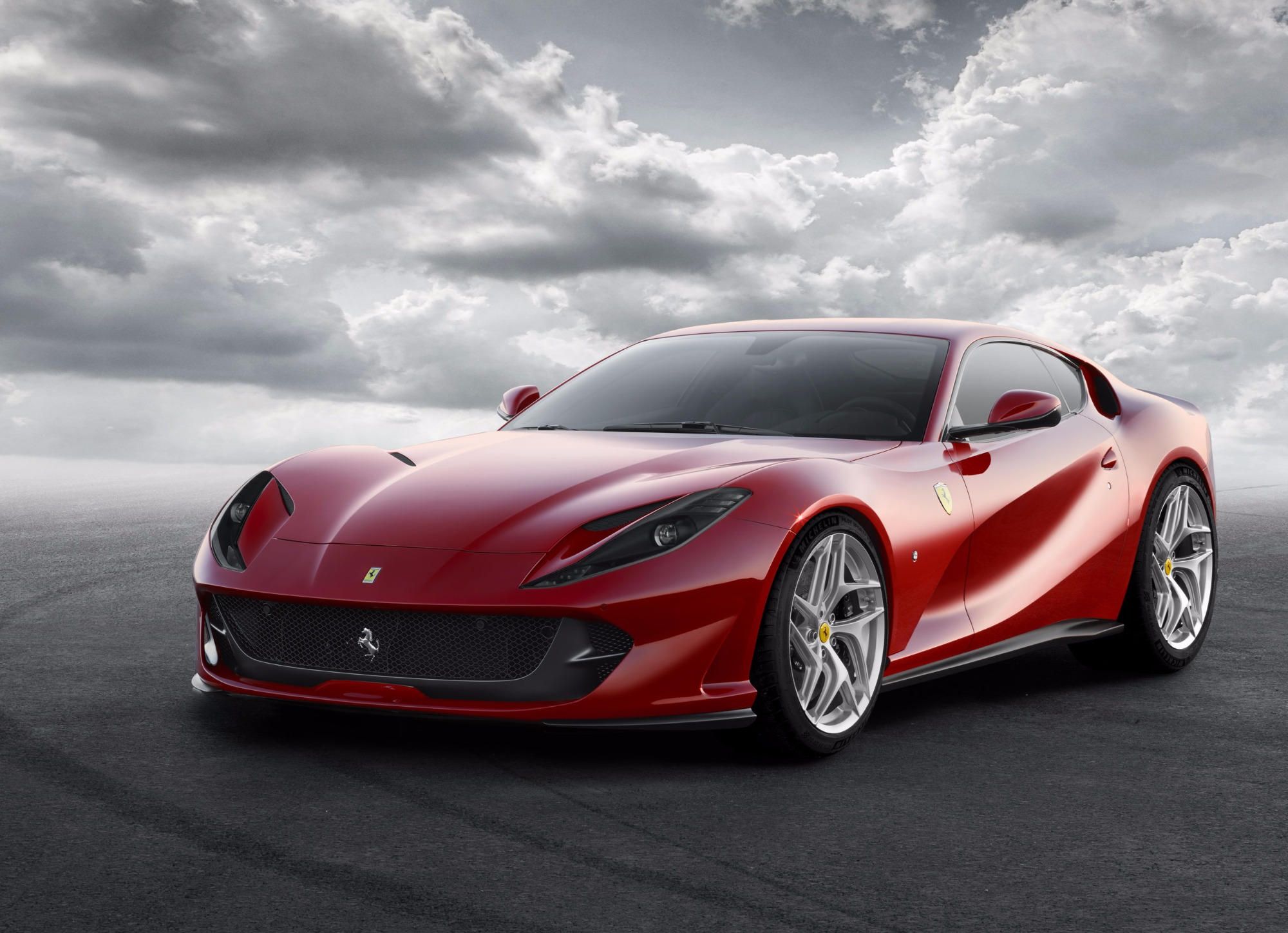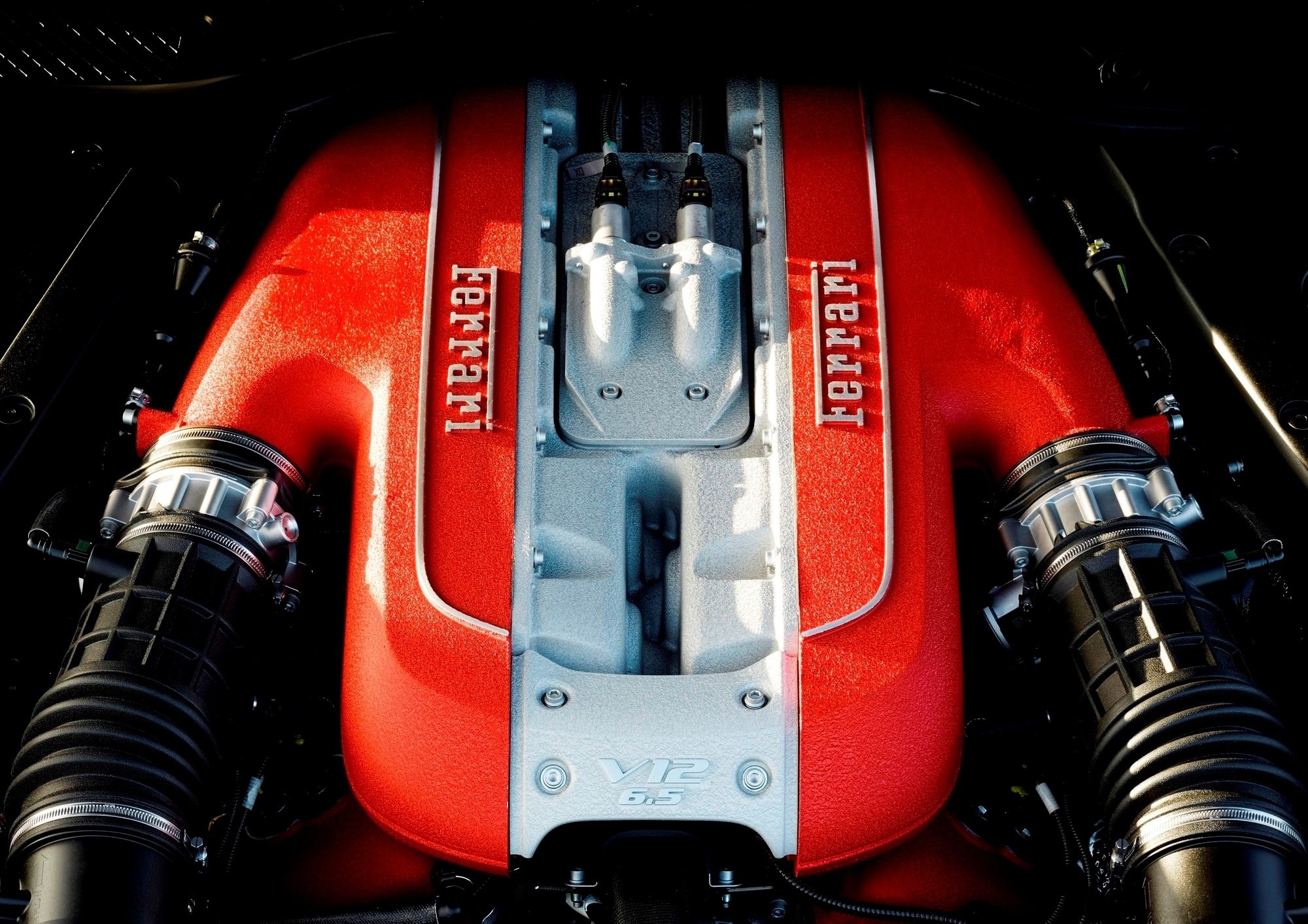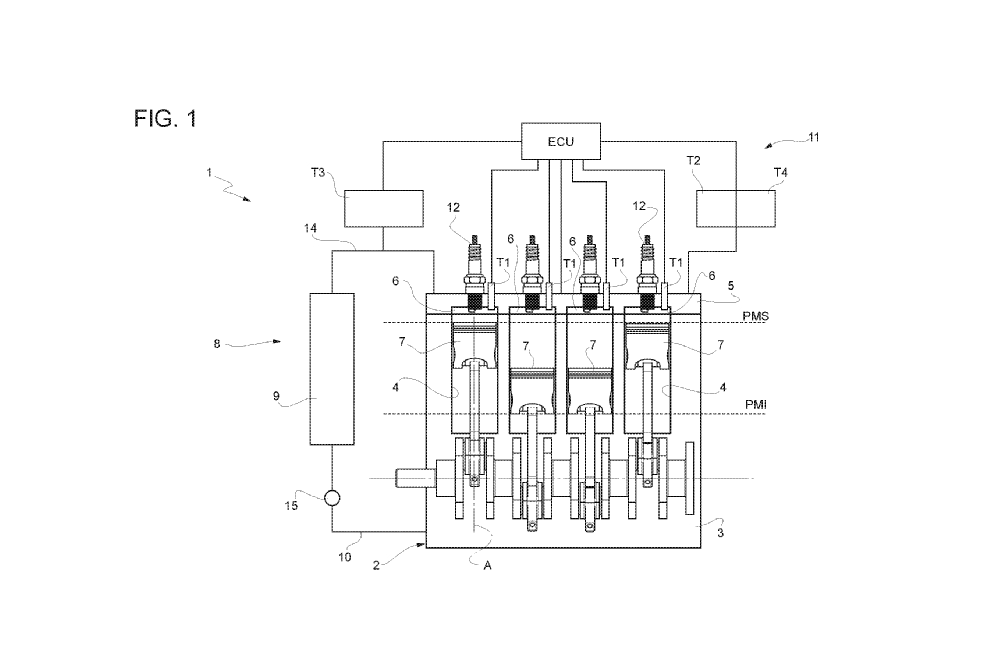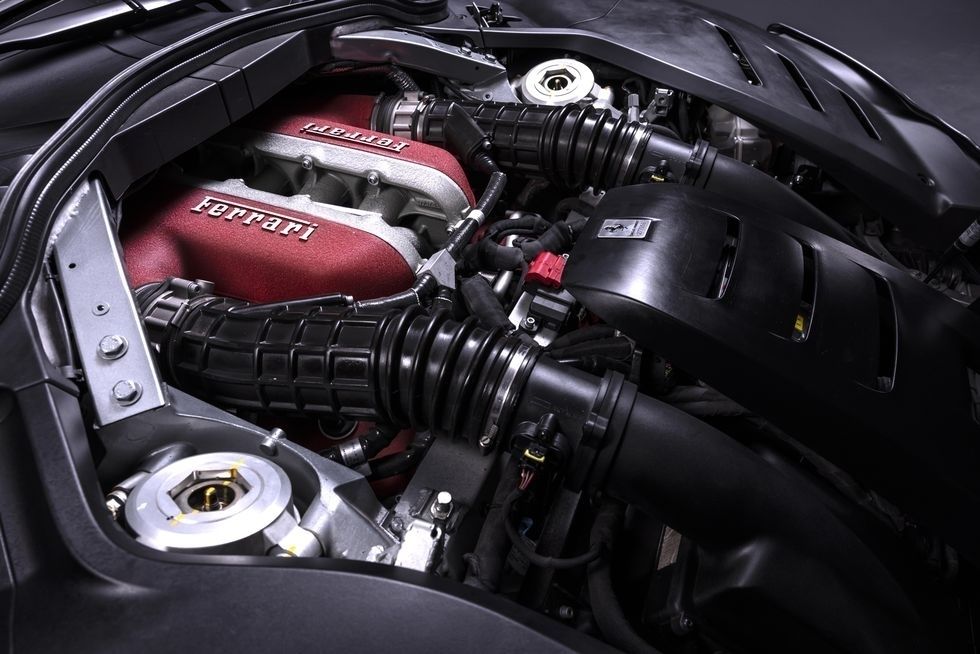
The majority of car manufacturers are currently spending most of their research funding on battery tech and fancy touch interfaces, but Ferrari still holds the internal combustion engine (ICE) close to heart. So, to help ICE survive a little bit longer, the Italian company has devised a way to further optimize combustion efficiency for its high-performance gas-burning engines. CarBuzz has discovered a new patent from the automaker with the United States Patent and Trademark Office (USPTO) for technology that can actively predict and prevent pre-ignition, allowing ICE engines to make more power and burn cleaner, prolonging the life of the beloved V12 in the Ferrari 812 Superfast.
Pre-ignition, also known as detonation or engine knock, is the death of every high-performance gas engine, and car manufacturers have spent decades developing technology to monitor and contain pre-ignition in their engines. But, these have all been reactive.
Many of us are familiar with knock sensors, and some of us are aware that a handful of manufacturers are following in SAAB Trionic's pioneering footsteps by monitoring the ionic current across the spark plug electrodes after ignition, to determine whether any cylinder has pre-ignited during the previous power stroke.
But Ferrari has now patented a new and even more-precise approach, which directly monitors the air pressure and initial cylinder wall temperature in each cylinder, throws some really complex mathematical models into the mix, and uses this analysis to predict the likelihood of pre-ignition with the upcoming power stroke and prevent it before it happens. Such a predictive system has never been used in a gasoline engine, making this the first of its kind.
Once the system detects the impending potential for pre-ignition, it can adjust ignition timing, spark, and the amount of fuel injected into the combustion chamber in real time to get the best results - more power, greater efficiency, and less damage to the engine.
This detailed level of control opens the possibility of reduced exhaust emissions with no performance compromise and will allow the engine to adapt to temperature variations (such as during a top-end run or around a race track), fuel quality, and individual cylinder temperatures on the fly, edging the engine's performance ever closer to the peak of ICE efficiency.
Ferrari may be pursuing electrification by the end of the decade, but inventions like this prove that the Prancing Horse refuses to give up on wringing every last ounce of performance it can out of good ol' gasoline. And, if the Italian government's plan works out, Ferrari might not have to give up on combustion after all.



